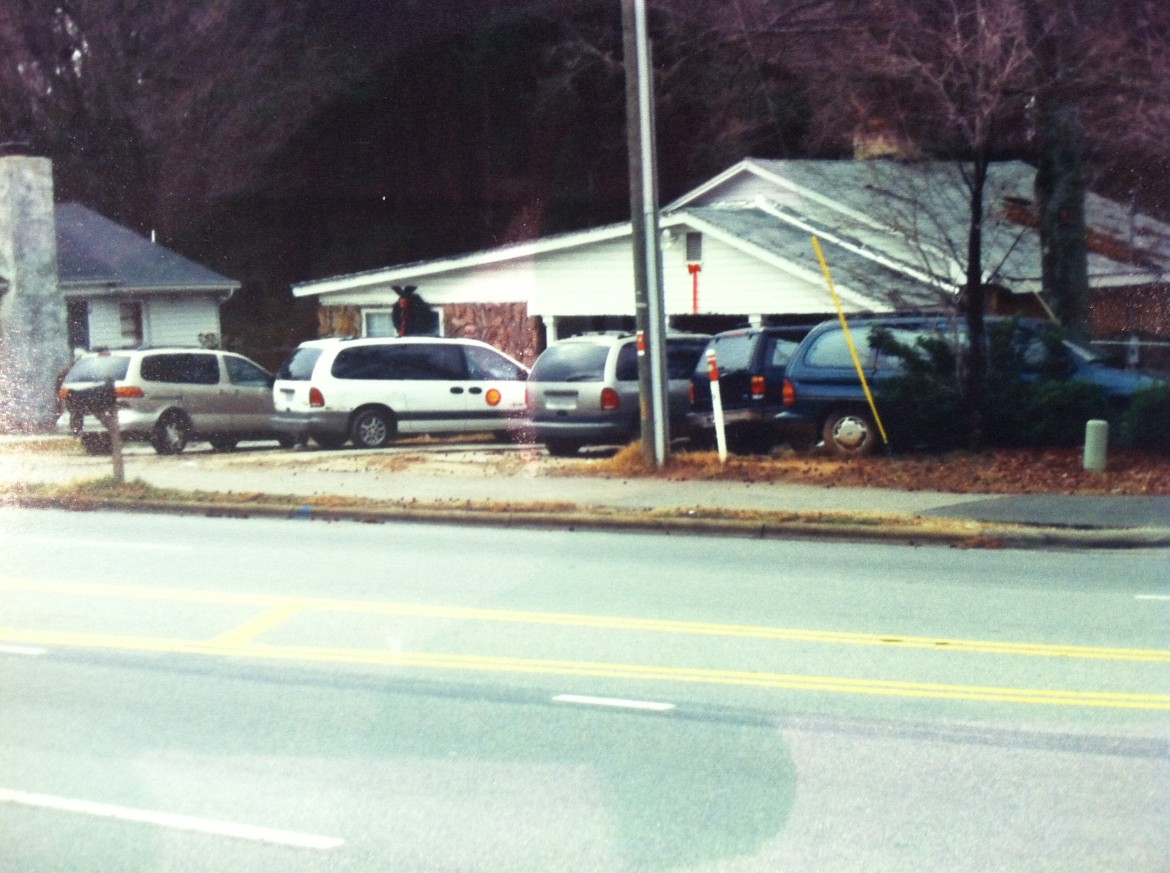The debate about front-yard parking continued Wednesday, as members of the Raleigh City Council’s Comprehensive Planning Committee decided the rules to restrict front-yard parking need more ironing before they can move ahead.
If approved, the ordinance would compel homeowners of single-family dwellings to use a non-erodible surface for driveways and limit the amount of space that can be used for parking.
Instead of applying the ordinance citywide, committee members said the rule will only become law in overlay districts. That means only it will only apply to people living where a parking overlay district is created.
The committee said they could create an overlay district wherever front-yard parking is a problem. For now, one such area surrounds N.C. State University.
The battle to create an ordinance has been going on since before 2009. Residents, mostly near N.C. State, have long complained of too many people parking in front yards, which they argue detracts from quality of life and home value.
The challenge the city now faces is drawing a boundary for the district and generating standards and criteria to justify where the boundary is drawn.
“Any time you draw a line and you’re asked to draw it in court, you need to articulate why the line is drawn here and not there,” said City Attorney Thomas McCormick.
In the case ofSouthwest Raleigh, “students and density perhaps become part of the criteria,” he added. “I would go out and test the notion that if there are a lot of students, there is a lot of front-yard parking. From that we can start drawing some boundaries.”
“It’s going to need some more staff work,” said Councilor Randy Stagner. “Student density around N.C. State and front-yard parking at single family dwellings … If we’re going to make this defensible we’ll need to see a map that illustrates those two elements.”

However, N.C. State isn’t the only part of the city where people would like to see an overlay district created. Charles Rodman lives inSoutheast Raleighand says front-yard parking has been a problem there for a long time, particularly with renters.
“I try to talk to the owners [rather than renters] to see if they can make improvements. It helps sometimes,” Rodman said.
But what he’d really like to see is a policy change.
“Let’s make some policies and have the people come into compliance with them,” he said. “Once you do that, enforcement can be an important factor. Enforcement would change things. We [as homeowners] can’t change it.”
An “economic out,” as Planning and Zoning Manager Greg Hallam put it, is written into the plan for people who don’t have the resources to comply.
If a homeowner can’t afford to recoat his or her driveway with a non-erodible surface, the family can still park there. Under the current version of the ordinance, they must park in a single file line and back into the street. Turning around in the front yard is not allowed.
Several councilors and staff members raised safety concerns about this provision, especially where it might apply cars backing into busy thoroughfares, such asWade AvenueorBuck Jones Road.
Staff members said the only way to police such violations will be for neighbors to take a picture and send it to the city. The city can then issue a warning or a violation.
Moving forward, other details of the plan could change, such as requiring shrubbery along lot lines where a driveway or parking area touches another property line. The amount of additional parking space allowed and the amount of time property owners have to comply also could change.
Currently, homeowners would have one year to comply, but staff raised the possibility of extending that time limit to three years.
Before the ordinance can be approved for an overlay district, the City Council must hold a public hearing. Members of the planning committee hope to have the hearing in April.
